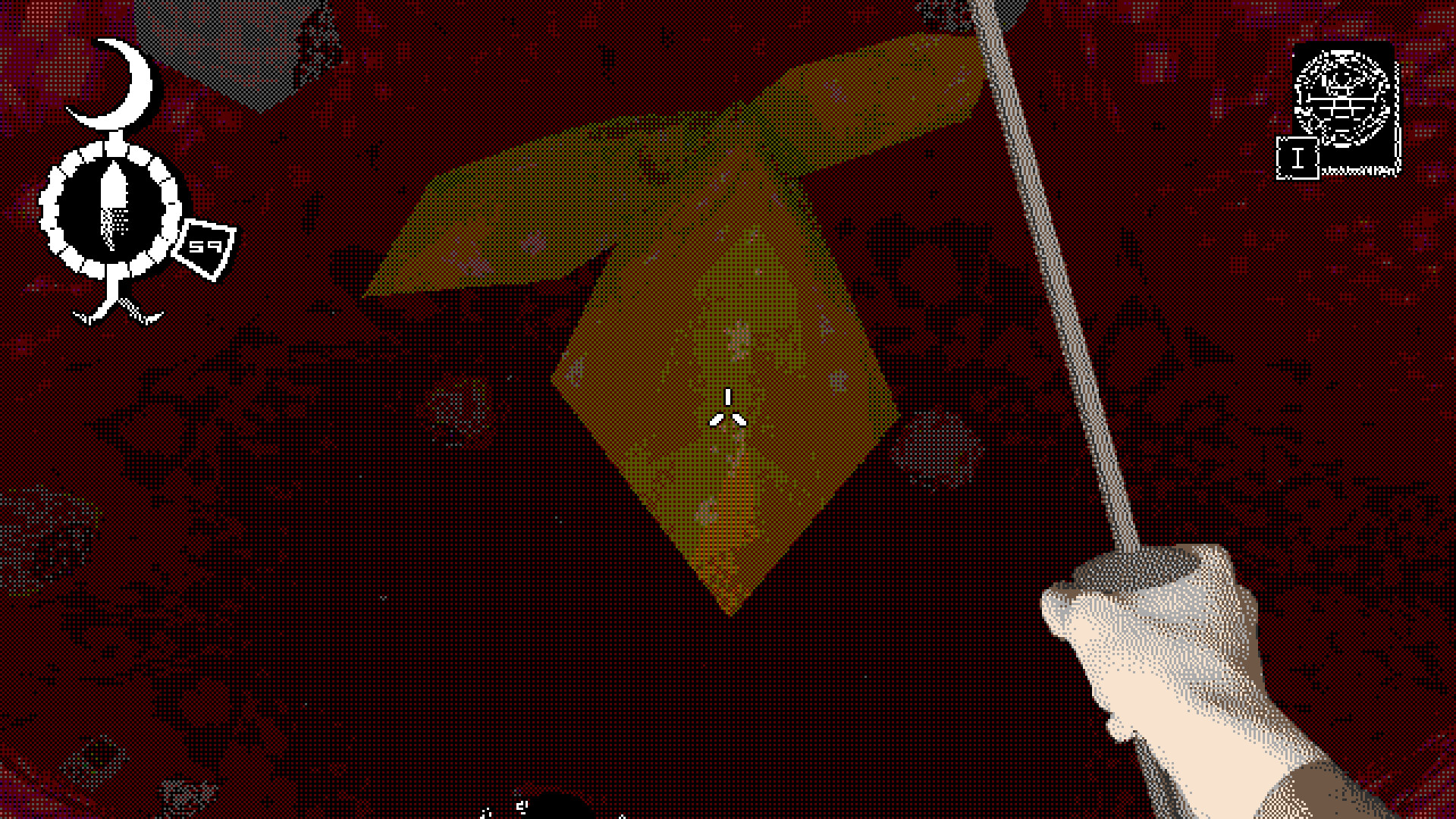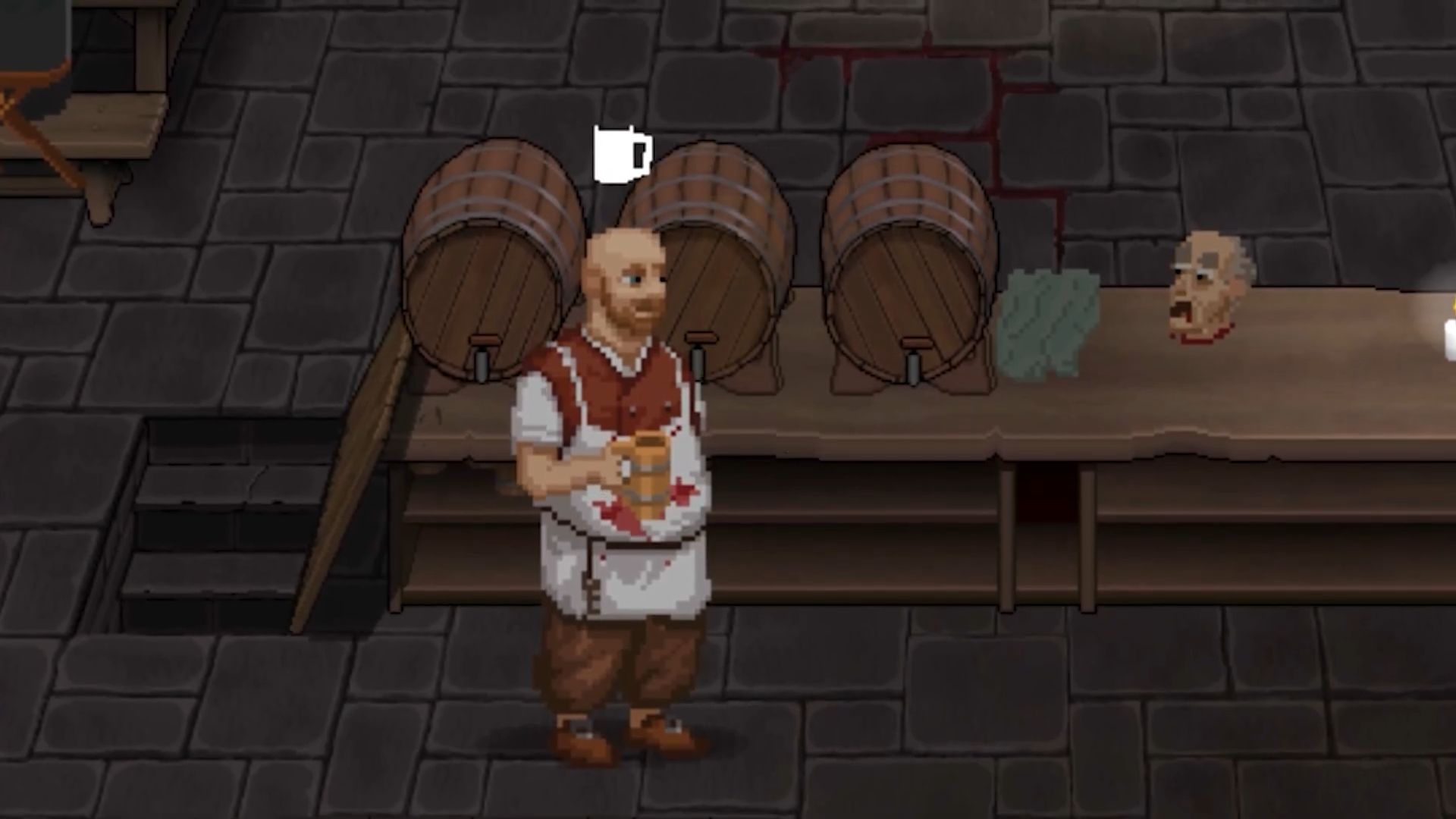
Back in May when I played Sonic Frontiers for my first preview, I came away with an overall positive first impression, but also a feeling that there was still a good bit of work to be done. The game felt buggy, the performance didn’t feel optimized, and there was a ton of distracting pop-in of objects and obstacles floating around in the sky.
Here we are five months later, and I got a chance to go hands-on again with a PC build of Sonic Frontiers, this time for a full six hours to check out the first three islands in their entirety, and while a lot of those same issues that I experienced the first time I played are still present — the pop-in and a handful of minor bugs — it is clear that a lot of work has gone into tightening up Sonic Frontiers’ performance and polishing its visuals. It’s still an uneven experience, both visually and mechanically, but when my time was up and all I thought about was the disappointment of not being able to play more, that seemed like a good sign that Sonic Frontiers is in a pretty healthy spot heading into its imminent November 8 release.
The big thing I got to experience this time around versus my first play session was the full sense of progression through each island. I’ve talked previously about how you need to collect portal keys to open up Cyber Space levels, beat Cyber Space levels to get vault keys, and use vault keys to unlock chaos emeralds, but there’s another important element to the game flow as well: memory tokens. Each of the three islands was home to one of Sonic’s friends who were trapped in Cyber Space, and in order to try and free them, I needed to collect a ton of memory tokens. Typically, these are rewards for exploration in the open world, and they’re the main reason you’ll be looking out for springs, ramps, grind rails, speed boosters, and all other manners of gadgets that send you zooming through the world.
Collecting and delivering these memory tokens back to your friend is one of the ways you’ll progress Sonic Frontiers’ story forward. Every time I made a delivery, I was rewarded with a cutscene between Sonic and his trapped friend that would shed a little bit of light on the mysterious Starfall Islands and the cute little native rock people known as kocos that inhabit it. There’s a compelling mystery that serves as the heart of Sonic Frontiers’ story, and I found myself very interested in seeing how it all unfolds – and even more interested in the dynamics between Sonic and each of his friends, which really takes center stage during these cutscenes. Each island has a story to tell, with each of Sonic’s friends being a key player in how that story unfolds.
I managed to clear the first island in my first three hours or so of playtime, and after a very cool boss battle that I can’t and wouldn’t want to spoil for you, I found myself on Ares Island, a desert themed island that housed all new enemies, mini-bosses, Cyber Space levels, and memory tokens. Here I had to repeat the hunt for the chaos emeralds again. In that way, Sonic Frontiers is very formulaic, but the three islands I’ve explored so far were so different that I was happy to repeat the dance each time. The one weak point in this whole formula are the guardian mini-boss battles, which are required in order to obtain the portal keys that unlock Cyber Space levels. These fights are typically grand in their spectacle, but are rarely actually fun to play. And worse, they’re repeated multiple times throughout the island without any variation. Fortunately, there are a few exceptions, like a fight against a sumo guardian that encloses you in a cage and requires you to bounce off the fences in order to bump the boss into the electrified portion. The more you bounce, the more force you’re able to bump the boss with, and trying to find the right angle to bounce a bunch of times before hitting the boss was a lot of fun.
The one weakpoint in the whole formula are the guardian mini-boss battles.
And then there are the Cyber Space levels, which, like the guardian mini-bosses, varied in their quality, but were all fun nevertheless. Each is a bite-sized traditional Sonic level that comes with three sub-challenges to complete, in addition to just completing the stage. They are: Beat the level under the S-Rank time limit, beat the level with a certain number of rings, and find all five red rings. Even though these stages are very short, even by Sonic standards, I found that the short length of each one actually lent itself well to how replayable they were. I would retry some of them for 10 or 15 minutes, trying to find the optimum path that would get me to the exit in time for the S-Rank clear, or trying to find that last red coin, or simply to try and see all the different paths that a level offered.
From a level design perspective, the variety on display in the many different Cyber Space levels that I played was impressive. Some would be very straightforward grounded boost levels focused on speed and reactions, while others would be very grind rail heavy, and still others would shift the perspective to 2D and be a little more deliberate with their platforming challenges. Hands down the best Cyber Space stage I played was one that broke the tradition of being a short, bite-sized level, and was stretched out to about 2 to 3 minutes in length and had a bunch of hidden shortcuts off the beaten path that were a ton of fun to discover.
As varied as the level design is, though, the one disappointment about Cyber Space is that the visual theme around them, based on my six hours of playtime, always falls into one of just a few categories: Green Hill Zone, Chemical Plant Zone, Sky Temple, or the new Cyber Space highway theme, and that’s about it. Still, the music and the speed made them a consistent highlight of my playtime.
The music and speed of Cyber Space levels made them a consistent highlight of my playtime.
The bulk of the time spent playing Sonic Frontiers was spent running fast through the various open zones, and while it is a big departure from what Sonic fans may be used to from the series, I have to say that I’m officially fully on board for it. In a weird way, I kind of liken it to a Tony Hawk game. It’s that same feeling of chaining a revert to a manual, linking that to a grind, taking that grind over a gap, acing a special trick or two, and then sticking the landing. Sonic Frontiers has that same type of feeling of doing a bunch of cool things, one after the other, and linking them all together without breaking the flow. And when the flow does get broken, it feels pretty bad, but the more you play and the better you become at the game, the longer you’re able to go without breaking that flow, leading to a really great feeling not just of power progression through the game mechanics, but also from your own skill.
It’s also worth mentioning that in the beginning of the game, Sonic does feel a bit slow in comparison to other games in the series.However, his speed can be leveled up all the way to level 99. The highest I got was level 10, and considering he already felt pretty fast even at just that relatively low level, I can’t even imagine how fast he’ll be at max level.
Travel and accomodation for this preview provided by Sega.
Mitchell Saltzman is an editorial producer at IGN. You can find him on twitter @JurassicRabbit





